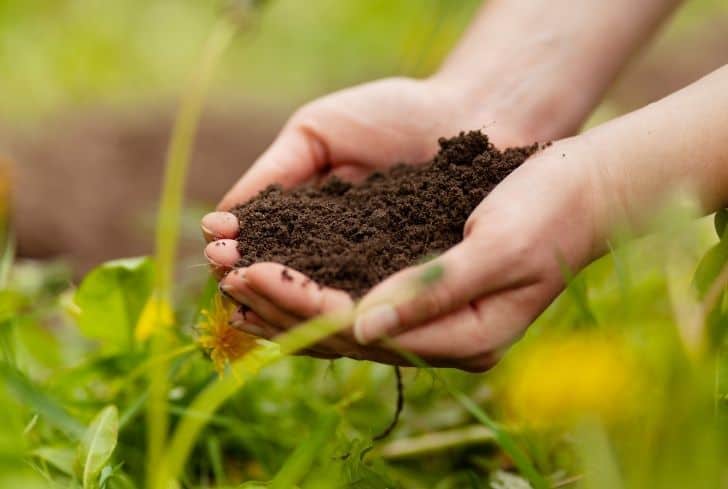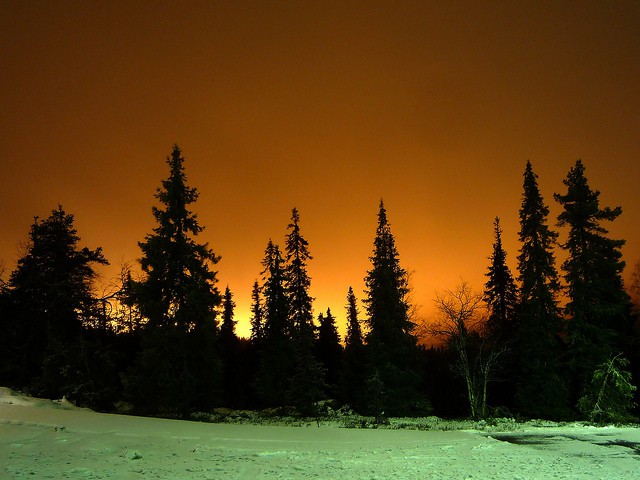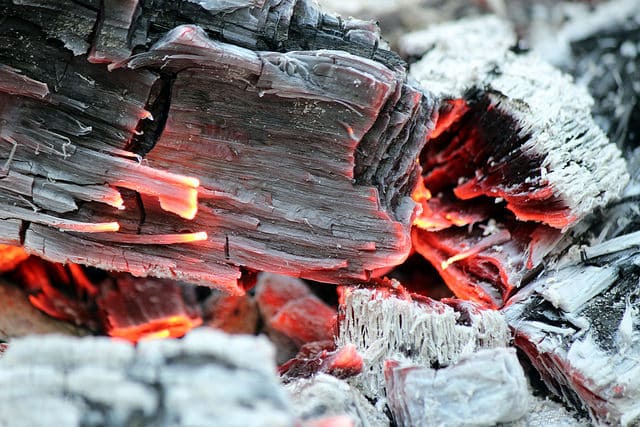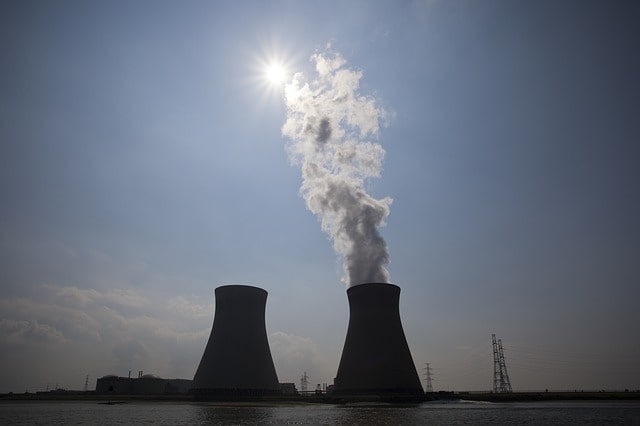What is Ecology and What are Various Ways to Protect Ecology

Ecology is an intricate biological subject that deals chiefly with the relations between organisms, including humans, and the environmental elements that affect them. For instance, ecology helps the world understand how microscopic bacteria grow in water, how animals and plants interact and survive in the seas, deserts, forests or land and the list goes on.
Ecology simply attempts to understand the fundamental relation between plants and animals and their physical environment. It includes the study of different habitat sizes, study of plant and animal communities and their ecosystems, and the study of biodiversity with an aim of improving the environment, protecting public health, and managing natural resources.
According to ESA,
“Ecology is the study of the relationships between living organisms, including humans, and their physical environment; it seeks to understand the vital connections between plants and animals and the world around them. Ecology also provides information about the benefits of ecosystems and how we can use Earth’s resources in ways that leave the environment healthy for future generations.“
The ecological concepts are built around the successional development of ecosystems, adaptation processes, distribution of organisms, energy transfer through the organisms, the distribution of biodiversity, wildlife and nature, and environmental conservation.
Ecologist is the one who study many kinds of environments. For example, ecologists may study microbes living in the soil under your feet or animals and plants in a rainforest or the ocean.
Levels of Organizations in Ecology
Levels of organization in ecology are the smaller categories by which ecosystems can be studied. The main levels of organization in the ecology are six and are categorized from the smallest to the largest. Let’s look at the stages as described below
Species, Individuals, Organism
Any living thing, individuals or organisms that are genetically related and can interbreed to produce young ones are part of this level of ecological organization. These organisms have to be of the same species because if they cannot breed to produce, then they don’t qualify as members of this group. Organisms and individuals in this level act mutually with the environmental abiotic factors and will only crossbreed or interbreed with similar organisms, which limit their distribution.
Population
Population is the second level of organization in ecology. It pertains to a group of organisms or individuals belonging to the same species that live in the same geographical area and interacts with one another. An example is an eagle bird and its family together with other birds of the same species. In this sense, population only includes individuals or organisms of the same species, but they may vary in the genital makeup such as skin, eye or hair color, and size.
Community
Community is the third level of organization in ecology and includes all the populations in a given area at any particular time. Community includes all the organisms or individuals of different species living within the same geographical area that are actively interacting with each other. It is made up of all the biotic factors of the area and often includes biodiversity. An example is how populations of birds, zebras, antelopes, leopards, and lions coexist in a specific location.
Ecosystem
The ecosystem is the fourth level of organization in ecology and includes all the communities in a given area together with the non-living aspects of the environment. In precise, it accounts for the entire living community (biotic) and their interaction with the abiotic factors (physical environment) such as light, water, heat, atmosphere, and rocks. At this level, emphasis is how the biotic communities depend on the abiotic factors.
Biome
Biomes refer to a group of ecosystems sharing the same characteristics and are well adapted to the prevailing abiotic factors. An example is a desert biome.
Biosphere
The biosphere is the highest level of organization in ecology. It is the entire planet with the all the living things combined, including humans. The biosphere includes the oceans, atmosphere, and the earth. In simple terms, it is the combination of all the ecosystems and their defined habitats present on earth.
Ways to Protect the Ecology
Conserving and improving our surrounding environment
Human beings are the domineering organisms in the ecological system. For this reason, we can protect ecology by improving water quality, reducing environmental pollution, protecting biodiversity, and limiting the destruction of natural resources.
Humans have all the capabilities and resources needed for the necessary steps to help improve the ecological communities so as to regenerate the natural systems and to encourage ecological stability. Acts such as pollution reduction, environmental conservation, wildlife protection, and reducing exhaustive natural resource exploitation can significantly protect the world’s ecology.
Recovery, replacement and control measures
Natural and less toxic recovery, replacement and control measures can be instituted to avoid the damages of the environment’s delicate nature that host the various intricate processes existent among living and non-living things. This can include acts such as exploiting renewable energy sources, afforestation, establishing pollution regulation policies, allowing for natural breeding, and restoration of destroyed natural resources as well as habitats.
Restoration of wetlands and controlling invasive species are perfect examples of restoration and control measures respectively, which can help protect ecology. A good example of replacement is the use of wetlands and marshes to filter water impurities and other toxins instead of solely depending on water treatment plants.
Management of natural resources
Natural resource management encompasses protection of endangered species, forestation, protection of aquatic habitats, the practice of organic farming, and controlled exploitation of natural resources. Bringing back species that are on the verge of extinction is a wonderful way of protecting ecology because they can be used in future ecological studies.
On the other hand, forest management practices play an important role in sustaining healthy forest ecosystems and preserve certain species of trees. Organic or natural approaches that use natural predators and enemies for pest control protects the ecology of pests, limits the problems associated with pesticide, and relieve crop damage by pests. Additionally, properly managing aquatic habitats ensures that nursery grounds for fish and other aquatic life forms are protected, and controlled exploitation of natural resources limits the destruction of the ecosystem.
Creating awareness, education, and advocacy
Educative campaigns and advocacy create awareness that can help people understand the value of ecology. It is a simple way of establishing a workable solution towards conserving and protecting both abiotic and biotic elements.
It enables people to make conscious efforts of not only thinking about the past and present but also the future so that we can use resources sustainably while at the same time conserving them for the future generations. This can be done through environmental campaigns, education, and discussions.






